
Stamos Theodoros (1922 - 1997)
Black Sun-Box II, 1965
A child of Greek immigrants, he took night lessons at the School of American Artists in New York (1936-1940). In 1943 he had his first solo show at the Wakefield bookstore and gallery. During the years immediately following, important American museums and modern art centers began to acquire his works. In 1947 he exhibited with other innovative artists, such as Still, Reinhardt and Newman at the Betty Parsons Gallery and had a solo exhibition at the same gallery. In 1948-1949 he travelled to France, Italy and Greece. In 1950, along with seventeen other avant garde artists among which were Rothko, Pollock and De Kooning, he signed a letter of protest denouncing the conservative criteria used for the mounting of an exhibition of modern American painting at the Metropolitan Museum of New York. At the same time he was interested in Far Eastern philosophy as well as Japanese art and calligraphy. A little later, in 1954, he created his first Color Fields . In 1958/1959 works of his were included in the important exhibition “Modern American Painting” at the Museum of Modern Art in New York, which signalled the rise to prominence of abstract expressionism, and during the same period he began his association with the Andre Emmerich Gallery which lasted until 1970. In 1963 he painted the first works of the series Sun-Boxes and in 1966 taught as a visiting professor at the Columbia University. In 1970 he started the series Infinity Fields and began to divide his time between New York and Lefkada, where his family was from. In 1972 he presented his monochromatic works at the Marlborough gallery in New York and two years later had his first solo exhibition in Greece, at the Art gallery of Athens. In 1975 he donated forty five of his works to the National Gallery in Athens. Large retrospective exhibitions of his works have been organized at the Corcoran Gallery in Washington (1958), the Knoedler Gallery in Zurich (1984) and the National Gallery in Athens (1997).
A leading figure in abstract expressionism internationally, throughout his life he consistently moved ahead in the visual arts – from his biomorphic paintings (1945-1949) and his abstract and calligraphic works (1949- 1955) to the three large series he created from 1954 to 1993 – producing a spiritual work noted for its existential and ontological content.

Black Sun-Box II, 1965
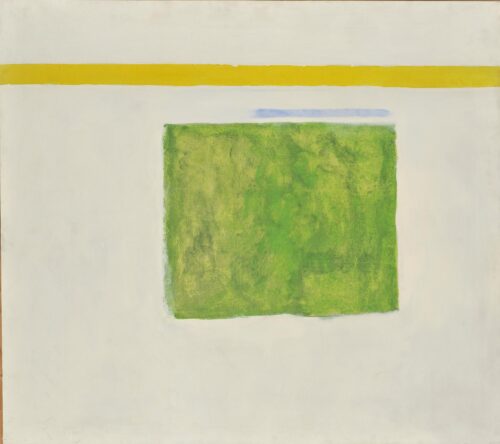
Tribute to P. Bonnard, II, 1966
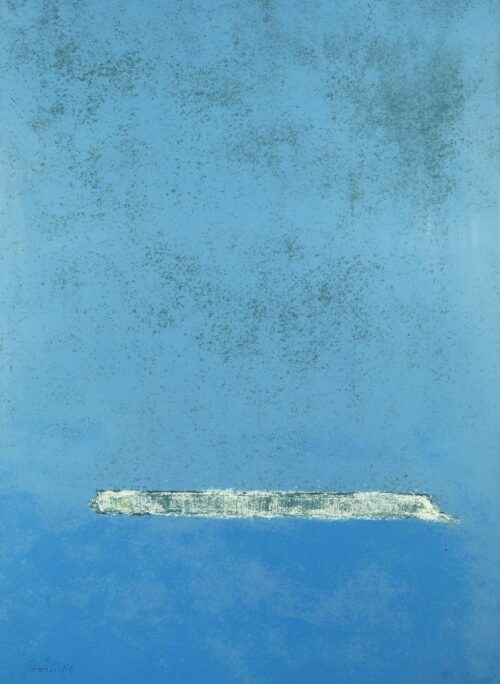
Composition

Mycenae Sun Box, 1969
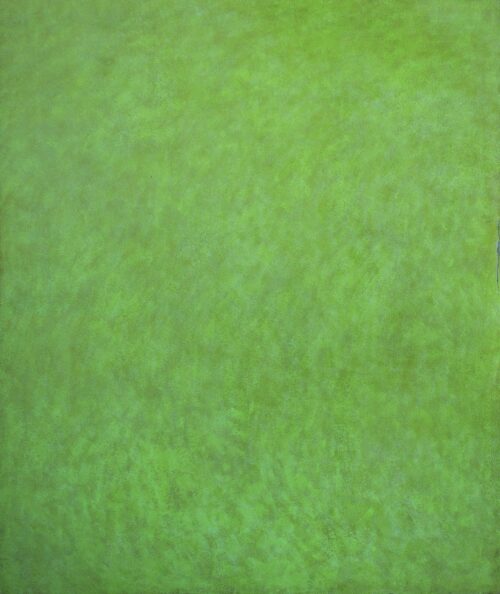
Infinity Field – Sounio Series A, 1971
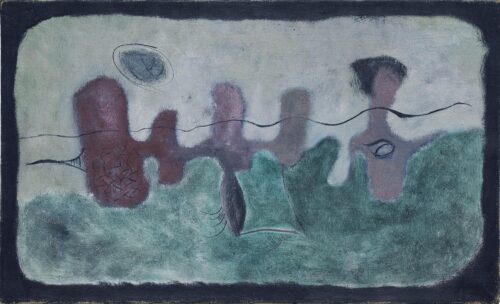
Ancestral Flow, 1945
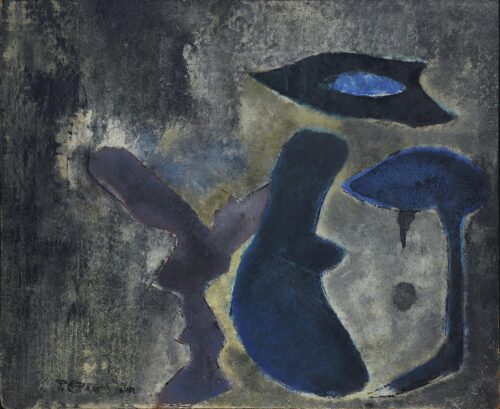
Archaic Building, 1946 - 1947
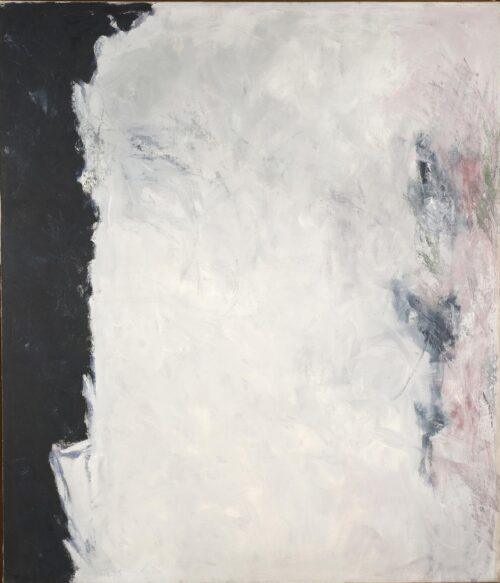
Cappadocia, 1960
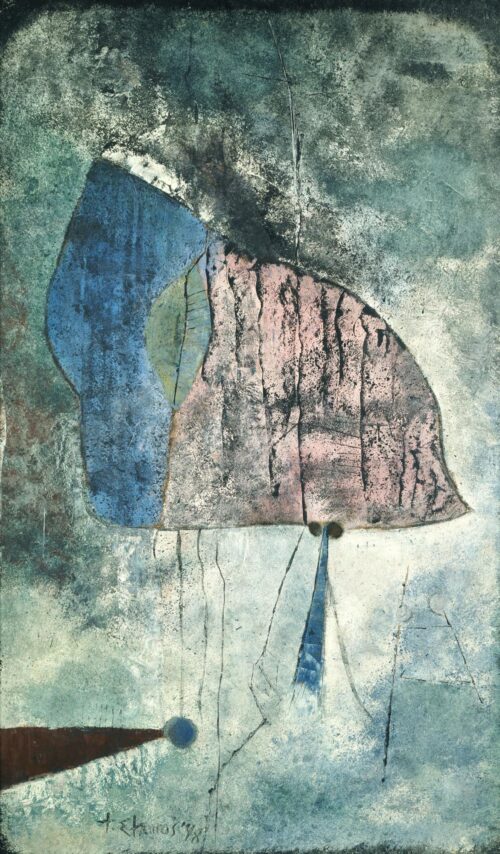
Ritual Ascent, 1948
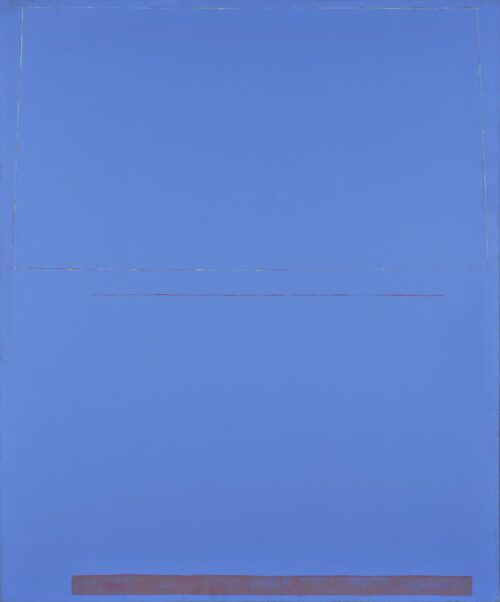
Cheops Sun Box, 1970
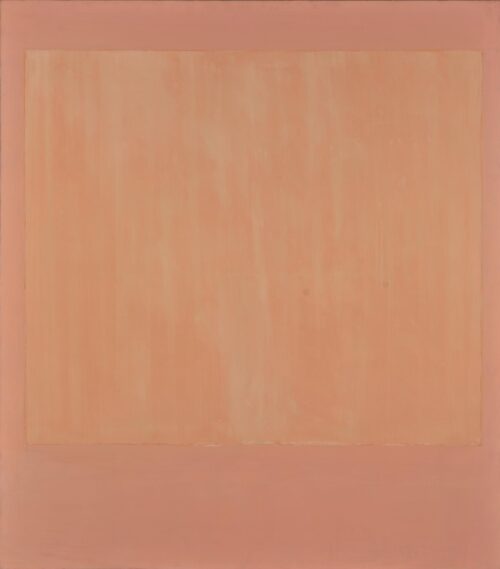
Sun Box from Loventry, 1968
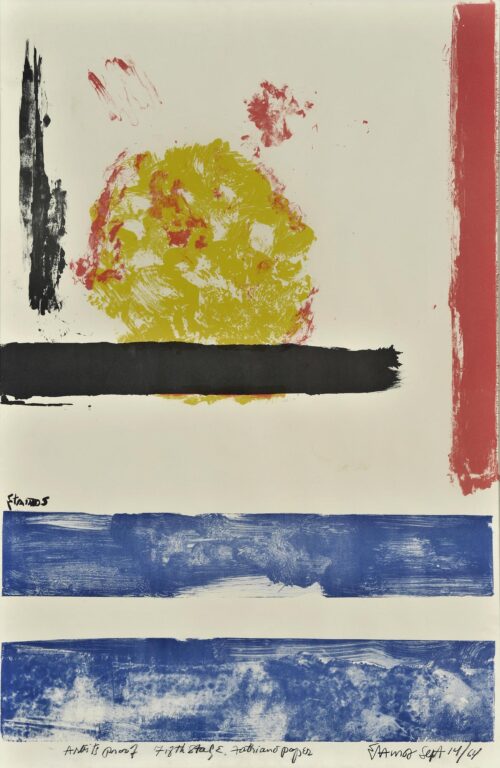
Synthesis (64). Poster for the West Side Artists
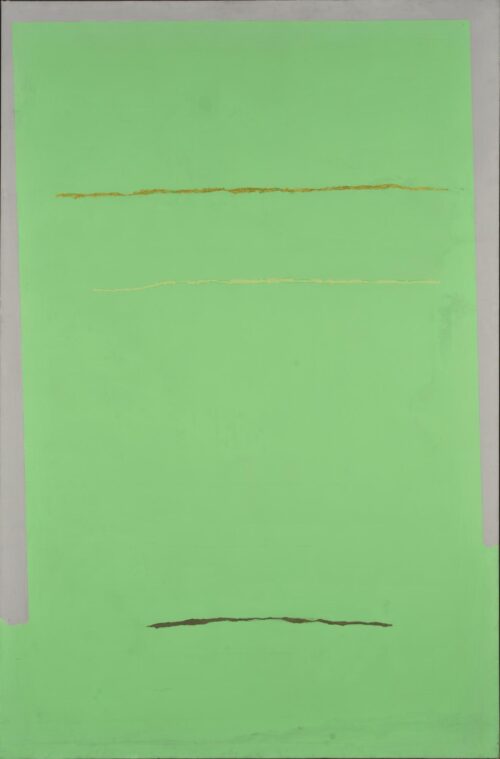
Infinity Field, Lefkada Series Θ, 1973
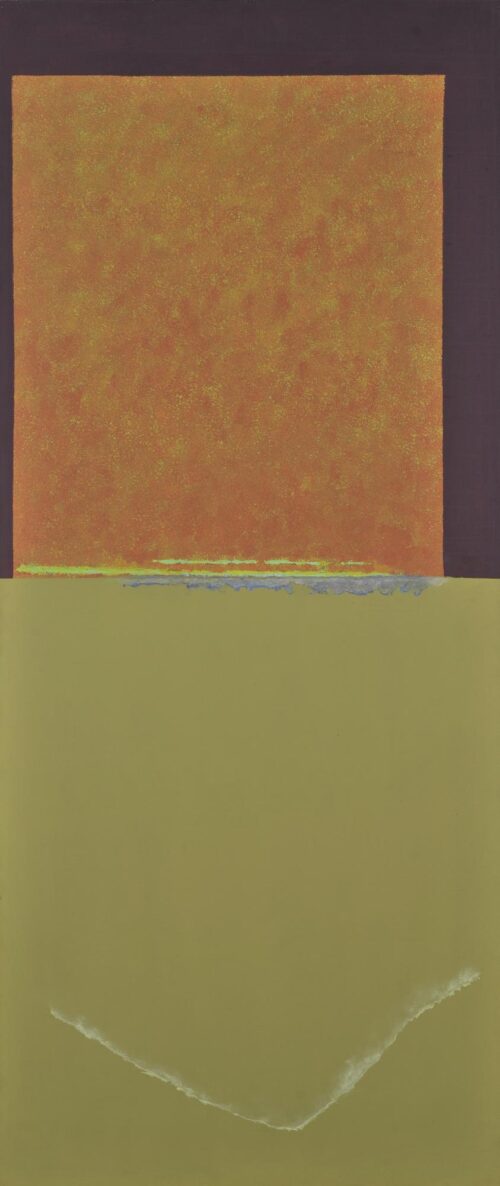
Infinity Field, Lefkada Series A, 1972 - 1973
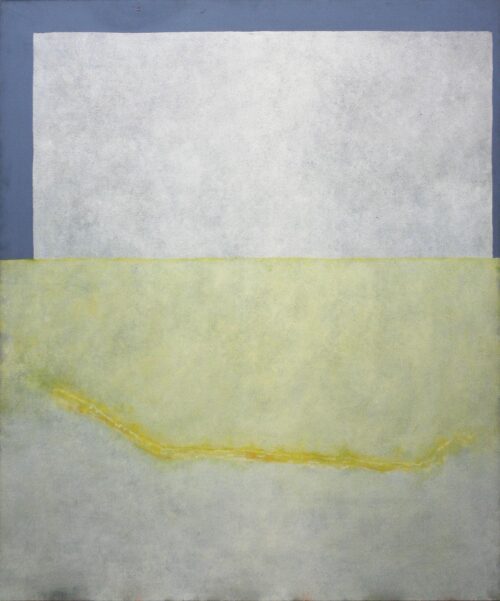
Infinity Field -Lefkada Series, 1972
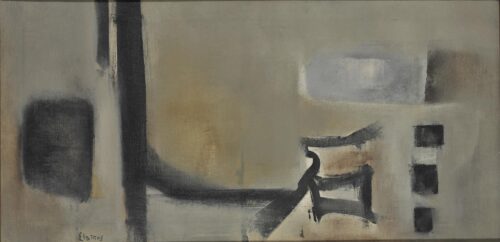
Tea-house

Egypt, 1949
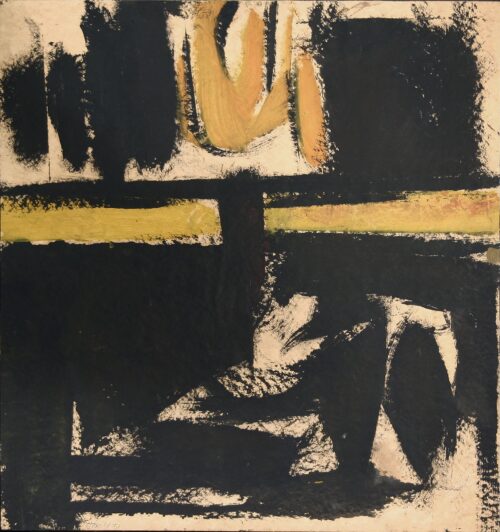
Kaaba, 1952
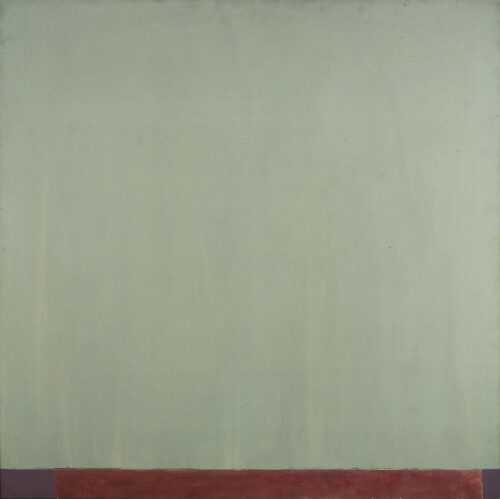
Coventry – Sun Box, 1970
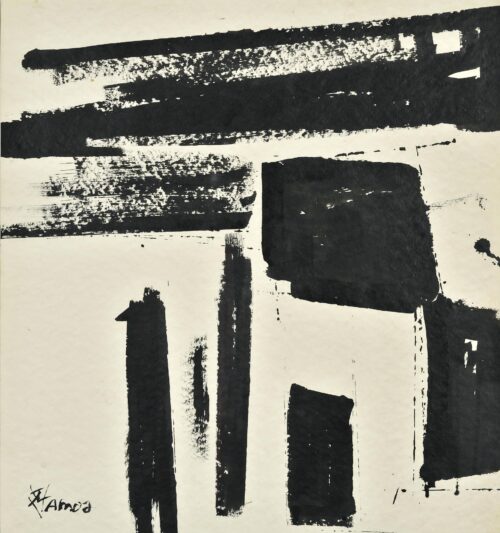
Good Friday, 1954
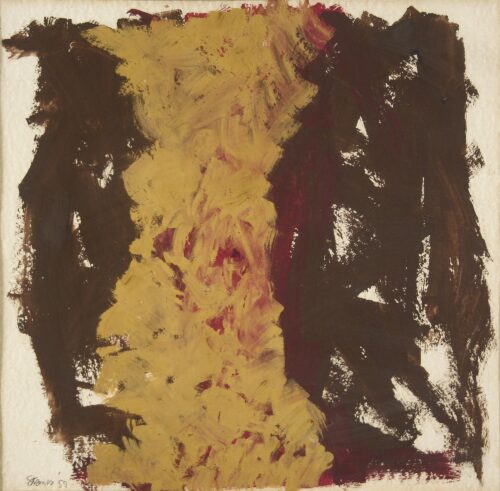
Stirling II, 1959
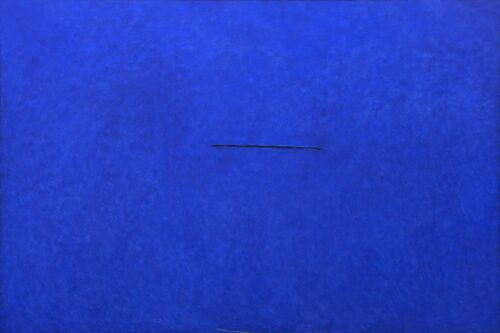
Infinity Field, Delphi, 1970
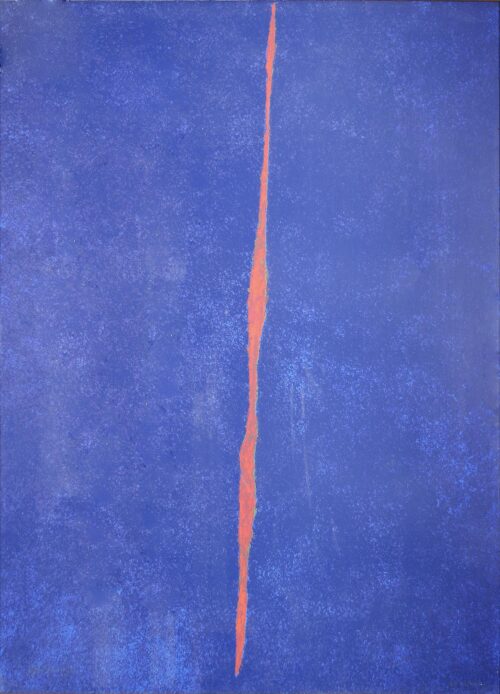
Coposition VI/XXII, 1973
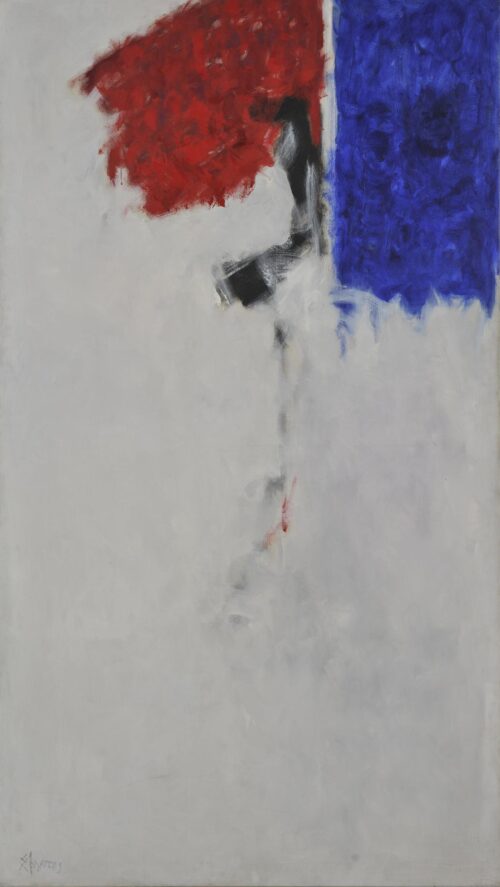
Levant No 7, 1960

We use cookies to make our site work properly, to personalize content and ads, to provide social media features and to analyze our traffic. We also share information about how you use our site with our social media, advertising and analytics partners. Read the Cookies Policy.
These cookies are necessary for the website to function and cannot be switched off in our systems. They are usually only set in response to actions made by you which amount to a request for services, such as setting your privacy preferences, logging in or filling in forms. You can set your browser to block or alert you about these cookies, but some parts of the site will not then work. These cookies do not store any personally identifiable information.
If you disable this cookie, we will not be able to save your preferences. This means that every time you visit this website you will need to enable or disable cookies again.
These cookies tell us about how you use the site and they help us to make it better. For example these cookies count the number of visitors to our website and see how visitors move around when they are using it. This helps us to improve the way our site works, for example, by ensuring that users find what they are looking for easily. Our website uses Google Analytics for statistics reporting.
Please enable Strictly Necessary Cookies first so that we can save your preferences!